Search Results for: Vertebrates
Skip to resultsCan’t find what you’re looking for? Visit our FAQ page.
1,539 results for: Vertebrates
-
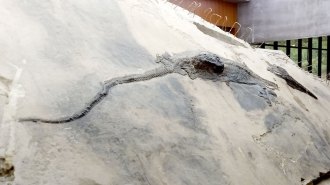 Paleontology
PaleontologyThis ichthyosaur died after devouring a creature nearly as long as itself
Ichthyosaurs, marine reptiles generally thought to munch on soft prey like cephalopods, may have chowed down on fellow big marine reptiles, too.
-
 Animals
AnimalsAn immune system quirk may help anglerfish fuse with mates during sex
Deep-sea anglerfish that fuse to mate lack genes involved in the body’s response against pathogens or foreign tissue.
-
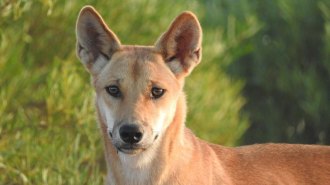 Animals
AnimalsCulling dingoes with poison may be making them bigger
Meat laced with toxic powder has been used for decades to kill dingoes. Now, dingoes in baited areas are changing: They’re getting bigger.
By Jake Buehler -
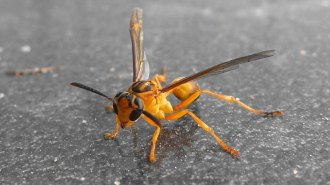 Animals
AnimalsA wasp was caught on camera attacking and killing a baby bird
Some wasps scavenge carrion or pluck parasites off birds, but reports of attacks on live birds are rare.
-
 Earth
EarthAn asteroid impact, not volcanism, may have made Earth unlivable for dinosaurs
New simulations add to growing evidence that an asteroid strike, rather than the Deccan Traps eruptions, caused the end-Cretaceous extinction.
By Megan Sever -
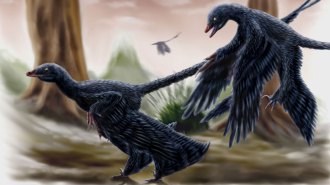 Paleontology
PaleontologyThis dinosaur may have shed its feathers like modern songbirds
One of the earliest flying dinosaurs, the four-winged Microraptor, may have molted just a bit at a time so that it could fly year-round.
-
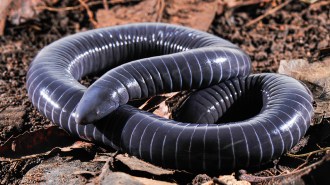 Life
LifeBizarre caecilians may be the only amphibians with venomous bites
Microscope and chemical analyses suggest that, like snakes, caecilians have glands near their teeth that secrete venom.
-
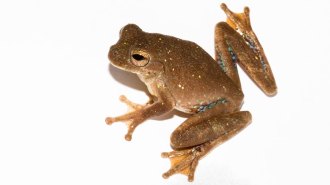 Animals
AnimalsPug-nosed tree frogs use an auditory trick to evade predators and woo mates
A new study finds that some tree frogs exploit what’s known as the precedence effect to get females attention safely.
By Pratik Pawar -
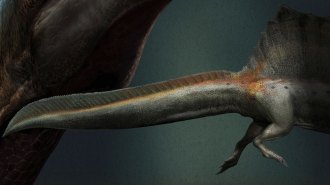 Paleontology
PaleontologySpinosaurus fossil tail suggests dinosaurs were swimmers after all
Unique among known dinosaurs, Spinosaurus had a finlike tail, which the predator may have used to propel itself through the water.
-
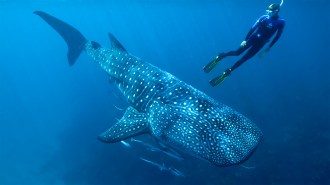 Animals
AnimalsCold War nuclear test residue offers a clue to whale sharks’ ages
One unexpected legacy of the Cold War: Chemical traces of atomic bomb tests are helping scientists figure out whale shark ages.
-
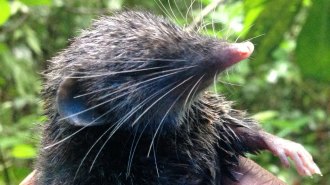 Animals
AnimalsHere’s why a hero shrew has the sturdiest spine of any mammal
The hero shrew’s rigid backbone is among the weirdest mammal spines, its incredible strength aided by fortified vertebrae bones.
By Jake Buehler -
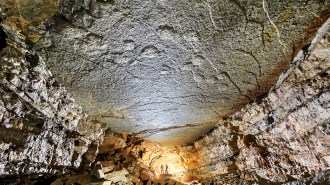 Paleontology
PaleontologyDeep caves are a rich source of dinosaur prints for this paleontologist
Several deep caves in France are proving to be a surprising source of dinosaur tracks.